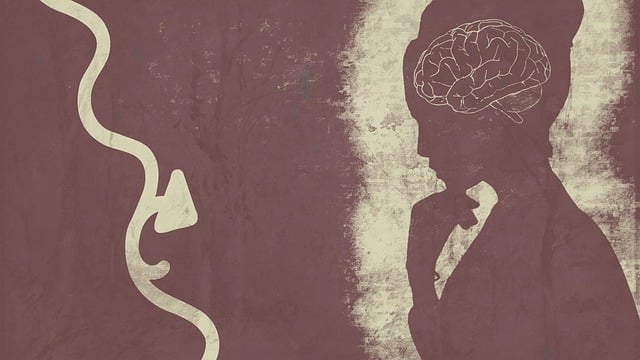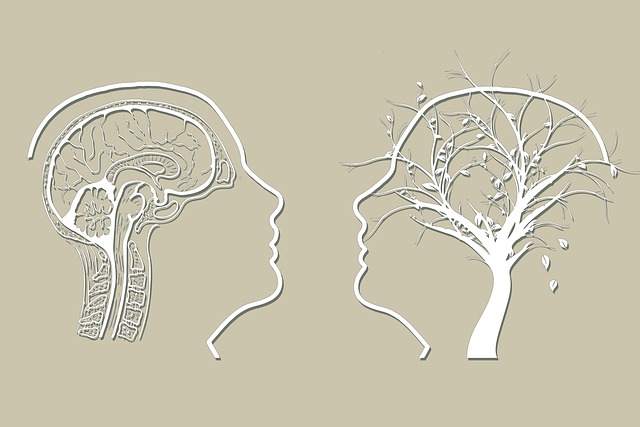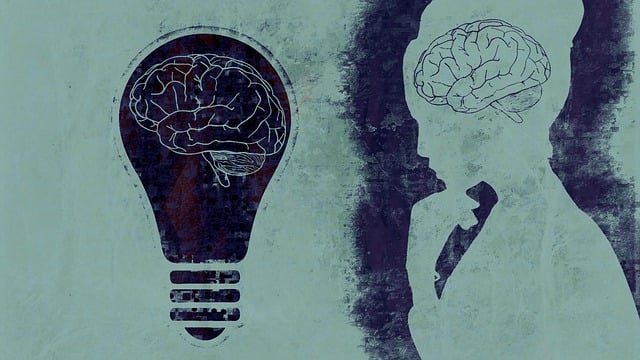Mental illness stigma significantly impacts adolescents with conditions like Functional Neurological Disorder (FND), hindering access to necessary therapy. The unique neurodevelopmental nature of FND symptoms often leads to confusion and self-stigma, exacerbating social isolation. To combat this, specialized therapy approaches such as Cognitive Behavioral Therapy (CBT) and Acceptance and Commitment Therapy (ACT) are transforming the treatment landscape for adolescent teens with FND. Community engagement, including open conversations, education, and support groups, plays a vital role in reducing stigma and normalizing mental health discussions, while integrating therapeutic tools like mindfulness meditation empowers teens to manage their well-being.
Mental illness stigma remains a significant barrier for adolescents seeking support. This article delves into three key strategies to reduce this pervasive issue. We explore ‘Understanding Mental Illness Stigma and Its Impact on Adolescents’ to highlight the profound effects of unseen challenges. Subsequently, we present ‘Therapy Approaches for Functional Neurological Disorder in Teens’, offering insights into specialized care. Additionally, ‘Community Engagement Strategies to Reduce Stigma’ discusses how collective efforts can foster understanding and acceptance, particularly focusing on therapeutic interventions like those tailored for adolescent teens with functional neurological disorders.
- Understanding Mental Illness Stigma and Its Impact on Adolescents
- Therapy Approaches for Functional Neurological Disorder in Teens
- Community Engagement Strategies to Reduce Stigma
Understanding Mental Illness Stigma and Its Impact on Adolescents

Mental illness stigma significantly impacts adolescents, often hindering their ability to seek necessary support and treatment. This pervasive societal issue stems from misconceptions and fear surrounding various mental health conditions, especially in younger populations. Adolescents facing challenges like Functional Neurological Disorder (FND) may struggle with self-stigma and social isolation due to the unique neurodevelopmental nature of FND symptoms. These symptoms can manifest as unusual behaviors or experiences that differ from societal norms, leading to confusion and misunderstanding among peers and even healthcare providers.
Understanding the impact of stigma requires recognizing its far-reaching consequences. It discourages open conversations about mental health, fostering a culture where adolescents might internalize negative beliefs and self-perceptions. Consequently, many teens may avoid therapy for adolescent teens or delay seeking professional help until their conditions escalate. Burnout prevention strategies for healthcare providers are essential in creating supportive environments that encourage vulnerable youths to develop inner strength and embrace recovery journeys. Effective risk management planning for mental health professionals is crucial in ensuring a safe and stigma-free space where adolescents can receive evidence-based treatments tailored to their unique needs, such as those associated with FND.
Therapy Approaches for Functional Neurological Disorder in Teens

The therapy landscape for Functional Neurological Disorder (FND) in teens is evolving to offer more specialized and comprehensive approaches. Cognitive Behavioral Therapy (CBT), a widely recognized method, focuses on identifying and changing negative thought patterns and behaviors associated with FND symptoms. This evidence-based practice empowers adolescents to manage their condition effectively by teaching them coping strategies tailored to their unique experiences.
In addition to CBT, other therapeutic interventions like Acceptance and Commitment Therapy (ACT) gain traction for FND treatment. ACT encourages teens to accept the aspects of their disorder they cannot control while committing to actions that align with their personal values. Integrating self-care routines developed during therapy can further enhance recovery. Community outreach program implementation and risk assessment for mental health professionals are also crucial steps in ensuring accessible, supportive environments for these young individuals navigating FND.
Community Engagement Strategies to Reduce Stigma

Community engagement plays a pivotal role in mental illness stigma reduction efforts. By fostering open conversations and educating community members about conditions like Functional Neurological Disorder (FND) among adolescent teens, we can dispel myths and promote understanding. Local support groups, school workshops, and community events centered around mental health awareness can significantly shift societal perceptions. These initiatives encourage empathy and normalize discussions around mental illness, thereby reducing the isolation often experienced by those struggling with conditions like FND or depression prevention.
Leveraging therapeutic tools such as mindfulness meditation has also proven effective in stigma reduction. Community programs integrating therapy for adolescent teens into their mental health strategies can empower young individuals to manage their well-being and challenge societal norms. Through shared experiences, community members can humanize mental illness, fostering an environment where support and understanding are readily available. This collective approach not only aids in depression prevention but also strengthens the fabric of supportive networks crucial for effective mental illness stigma reduction efforts.
Reducing the stigma surrounding mental illness is a collective effort that involves education, support, and community engagement. By understanding the profound impact of stigma on adolescents, particularly those dealing with functional neurological disorders, we can create inclusive environments that foster healing and growth. Integrating therapy approaches tailored for teen needs, coupled with strategic community engagement, offers a comprehensive path to breaking down barriers and promoting mental well-being for all adolescents. For effective support, prioritizing access to therapy for adolescent teens with functional neurological disorder is paramount.









